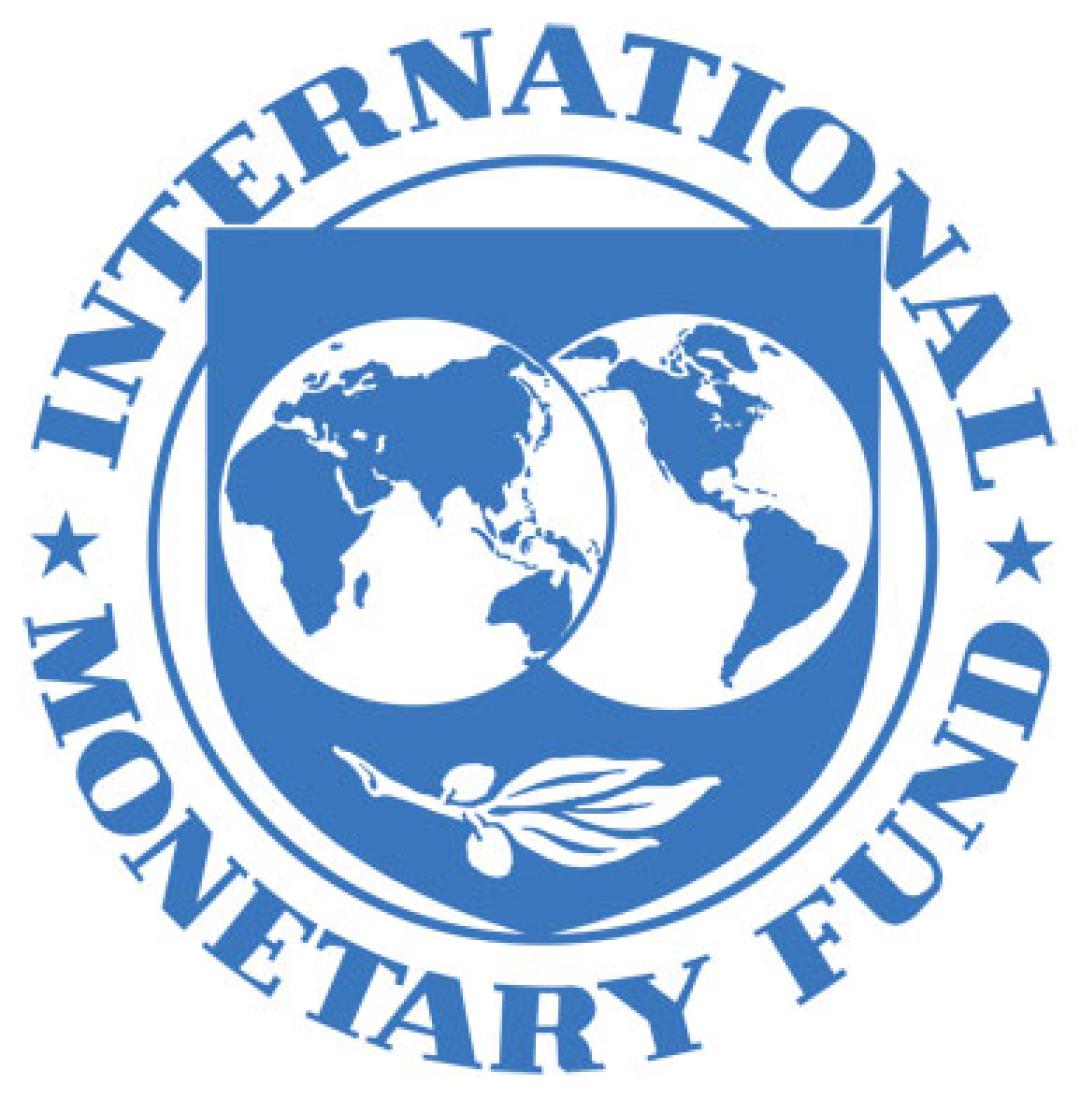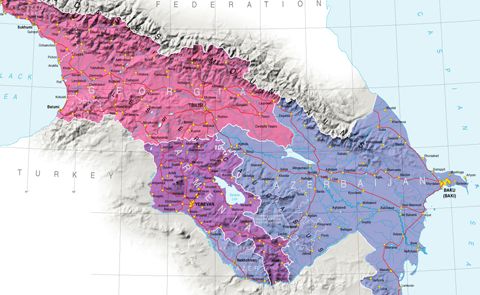
IMF Predicts Rising Strategic Reserves, GDP Growth, and Inflation Stabilization for Azerbaijan by 2030

On April 29, the International Monetary Fund (IMF) forecasted that Azerbaijan’s strategic foreign exchange reserves would reach $72.709 billion by 2030, reflecting a 0.73% annual increase.
The IMF projects this growth will be driven by an increase in the State Oil Fund of Azerbaijan (SOFAZ) assets, expected to reach $62.949 billion with a 1.17% annual rise, while the Central Bank of Azerbaijan’s (CBA) foreign exchange reserves are anticipated to be $9.76 billion, decreasing by 2.01%. In 2025, reserves are forecasted at $71.671 billion (+0.96%), with the CBA’s share at $10.76 billion (-1.82%) and SOFAZ’s at $60.911 billion (+1.47%). In 2026, reserves will reach $72.357 billion (+0.96%), with the CBA’s at $10.56 billion (-1.89%) and SOFAZ’s at $61.797 billion (+1.46%). By 2027, reserves are projected at $72.224 billion (-0.18%), with $10.36 billion (-1.89%) for the CBA and $61.864 billion (+0.11%) for SOFAZ. In 2028, reserves are expected to drop to $71.754 billion (-0.65%), with the CBA at $10.16 billion (-1.93%) and SOFAZ at $61.594 billion (-0.44%). In 2029, reserves are anticipated at $72.182 billion (+0.6%), with the CBA’s at $9.96 billion (-1.97%) and SOFAZ’s at $62.222 billion (+1.02%).
The IMF also projected Azerbaijan’s nominal GDP to reach $100.895 billion by 2030 with real growth of 2.5%. In 2025, nominal GDP is expected at $78.87 billion (+3.5%), followed by $81.872 billion (+2.5%) in 2026, $85.792 billion (+2.4%) in 2027, $90.327 billion (+2.4%) in 2028, and $95.373 billion (+2.5%) in 2029. Non-oil nominal GDP is projected at $55.6 billion in 2025 (+10.46%), $60.3 billion in 2026 (+8.37%), $64.9 billion in 2027 (+7.64%), $69.8 billion in 2028 (+7.6%), $75.2 billion in 2029 (+7.64%), and $80.9 billion in 2030 (+7.64%). Government estimates indicate 2024 GDP grew by 4.1% to $74.2 billion, with non-oil and gas GDP increasing by 6.2%, but growth slowed to 0.3% in January–March 2025. GDP for 2025 is projected at $75.9 billion (+3.7%).
The IMF forecasted average annual inflation in Azerbaijan at 5.7% in 2025, with annual inflation at 5.2%. In 2026, average annual inflation is expected at 4.5%, stabilizing at 4% from 2027 to 2030, with annual inflation likewise at 4%. The Ministry of Economy estimates 5.1% average annual inflation in 2025, declining to 4.3% in 2026. The CBA projects 5.3% in 2025 and 4.3% in 2026. The United Nations forecasts 3.6% for 2025 and 3.1% for 2026, while the World Bank estimates 2.3% for both years. The Asian Development Bank projects 4.2% for 2025 and 3.5% for 2026. S&P Global and Moody’s forecast 4% for 2025 and 3% for 2026. ING Group expects 5.2% in 2025 and 5.1% in 2026. In 2024, average annual inflation was 2.2%, rising to 5.6% in January–March 2025.
The IMF forecasted Azerbaijan’s current account surplus at 7.8% of GDP in 2025, decreasing to 4.1% in 2026, 0.5% in 2027, and turning into deficits of 2.4% in 2028, 3.3% in 2029, and 4.2% in 2030. In 2024, the surplus was $4.7 billion (6.3% of GDP). The World Bank forecasts surpluses of 11.6% in 2025, 5.4% in 2026, 3.8% in 2027, 3.6% in 2028, and 3.4% in 2029. The government anticipates 5.6% in 2025 and about 3% annually from 2025 to 2028, based on oil and gas production forecasts. The CBA projects $4 billion in 2025 and $3.5 billion in 2026.
The IMF forecasted Azerbaijan’s total public and publicly guaranteed debt at 27.6% of GDP in 2025, maintaining stability medium-term. This ratio is projected at 28.6% in 2026, 28.9% in 2027, 29.1% in 2028, 29.6% in 2029, and 29.4% in 2030. Excluding guarantees, public debt is expected at 21% in 2025, 22.2% in 2026, 22.7% in 2027, 23.1% in 2028, 23.8% in 2029, and 23.8% in 2030. In 2024, it was 27.6% of GDP. The Ministry of Finance projects total public debt at $17.061 billion (22.2% of GDP) by 2025 and $19.235 billion (20.1% of GDP) in 2026. As of April 1, 2025, public debt was $15.663 billion, with $5.075 billion external (6.6% of GDP) and $10.588 billion internal (13.8% of GDP). External debt maturity includes 49.9% due within five years, 44.2% in five to ten years, and 5.9% over ten years. By creditor, 63.3% is owed to multilateral institutions, 27% to Eurobonds, and 9.7% to bilateral loans, with major creditors being the Asian Development Bank (35.1%), Eurobond holders (27%), and the World Bank (15.8%).
See Also


Armenian Officials and Georgian President Discuss Strategic Cooperation, Peace Efforts, and Regional Stability in Yerevan

State Security Service of Georgia Identifies Occupation and Annexation as Primary National Security Challenge in 2024

Shalva Papuashvili Criticizes EU for Misusing Funds, Warns of Continued Harm to Georgia’s Democracy

Pezeshkian Discusses Trade, University Collaboration, Cultural Ties, and Mutual Travel with Azerbaijan

